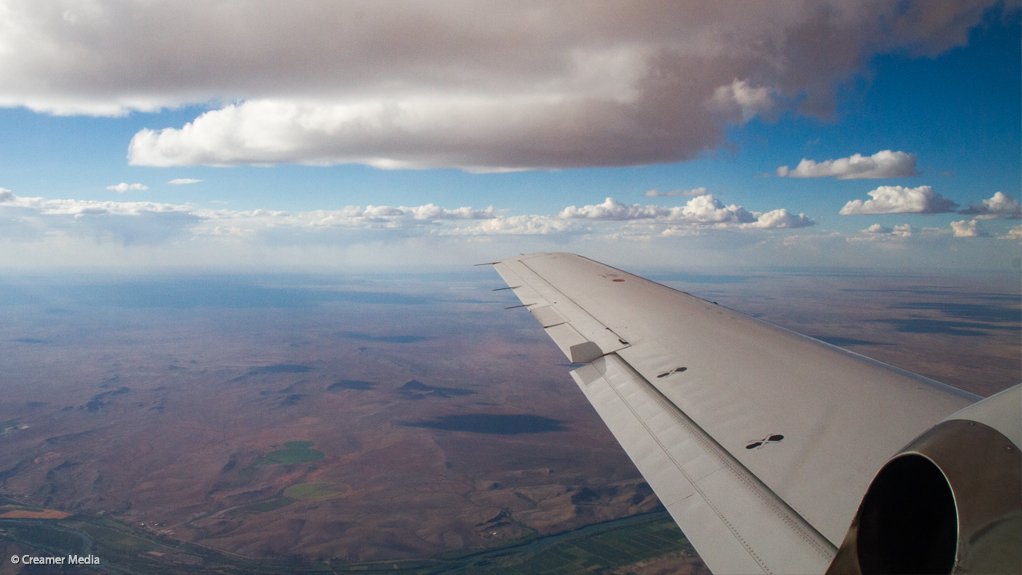Following six years of negotiations between governments, the aviation industry and environmental group observers, the International Civil Aviation Organisation (Icao) has designed the world’s first carbon dioxide (CO2) efficiency standard for aircraft.
The standard, which would come into force from 2020, would require new aircraft to meet a minimum CO2 emissions baseline. From 2023, the baseline would also apply to existing aircraft designs still in manufacture at that date.
“The agreement of the standard is a vital and very welcome development. It does not solve aviation’s climate challenge on its own, but it is an important element in our comprehensive strategy for tackling carbon emissions,” International Air Transport Association CEO Tony Tyler said in a statement.
He added that the next milestone would be the implementation of a market-based measure to address CO2 emissions. “We hope to see this agreed at the Icao assembly in September. Our shared industry goals are for carbon-neutral growth from 2020 and for a 50% cut in emissions by 2050.
“This standard is a significant milestone towards those targets and proves that the industry and the world’s governments are working together to find a sustainable future for aviation,” he added.
The standard, which would encourage the integration of fuel efficient technologies into aircraft design and development, covered jet aircraft which had a maximum certificated take-off weight of over 5.7 t; propeller aircraft with maximum certificated take-off weight of over 8.6 t and passenger, cargo and business aircraft.
Small aircraft weighing less than 5.7 t were excluded from the standard, as they were often operated either privately or by small airlines and collectively emitted a small proportion of CO2.
EMAIL THIS ARTICLE SAVE THIS ARTICLE
To subscribe email subscriptions@creamermedia.co.za or click here
To advertise email advertising@creamermedia.co.za or click here











